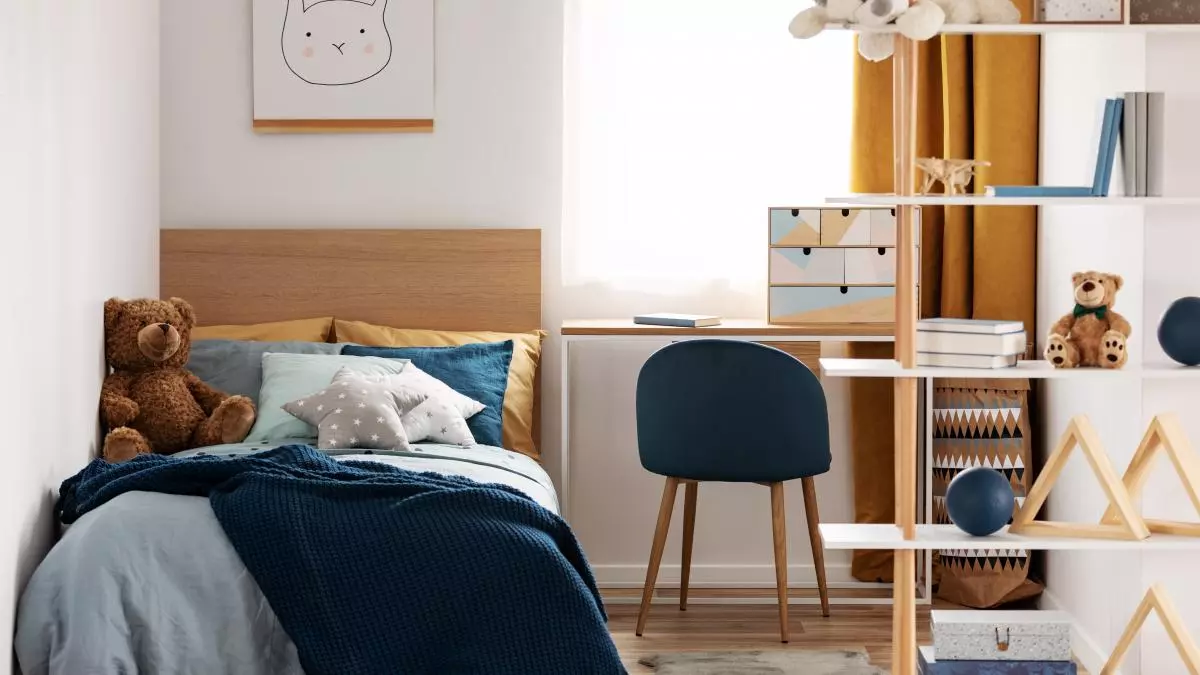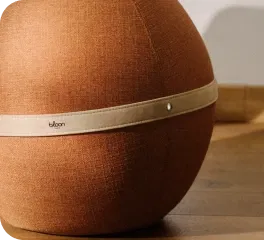Setting up a workspace for a child with ADHD can sometimes be a challenge, but the right environment can make all the difference in their ability to focus, stay organized, and complete tasks.
Why is a workspace essential for children with ADHD?
A child with ADHD may encounter obstacles in their daily lives, particularly during times requiring concentration and organization. It is therefore essential to provide them with a suitable workspace to optimize their learning and well-being.
A workspace for children with ADHD helps reduce distractions and provide a reassuring environment, while promoting autonomy and motivation.
The impact of the environment on concentration and attention
The environment plays a central role in a child with ADHD's ability to concentrate. A workspace designed specifically for children with ADHD can limit excessive visual or audio stimulation, which can often be a source of distraction.
By providing a calming and clear environment, we allow the child to better channel their energy and focus their attention on the tasks to be accomplished.
Challenges for Children with ADHD When Sitting Down
For a child with ADHD, sitting in a standard workspace can seem like a challenge. This can lead to restlessness, a lack of focus, or even discouragement when it comes to tasks.
This is why a workspace for a child with ADHD must include solutions such as dynamic seating or modular organization to encourage movement, while keeping their attention on their activities.
The importance of a structured and ergonomic space
A structured and ergonomic space provides essential guidance for children with ADHD, who need a well-defined routine. A carefully organized workspace for children with ADHD creates a sense of security and promotes efficiency. Each element of the layout should have a defined place, which limits clutter and reinforces self-discipline.
Key Elements of a Workspace for a Child with ADHD
An ergonomic and well-organized office
A suitable desk is one of the key elements of a workspace for a child with ADHD. It must be at the right height to avoid physical discomfort and have accessible storage for optimal organization.
The goal of a desk nook for ADHD children is to minimize frustration by keeping essentials within easy reach and reducing distractions from a cluttered space.
A dynamic seat to promote concentration in children with ADHD
Opting for dynamic seating, such as the Bloon active seating, is an ideal solution for a workspace for a child with ADHD. Combining the benefits of a ball chair with an ergonomic design, the Bloon seat allows the child to make slight movements while maintaining focus.
This gentle physical activity helps satisfy the natural urge to move in children with ADHD, while promoting better posture and increased engagement in their tasks. Such a solution combines comfort and utility, making the work environment even more conducive to learning and well-being.
For a Bloon ball seat suitable for your child, see our article What size Bloon balloon to choose.
Optimized management of light and colors for a soothing environment
Light and color have a significant impact on a child's behavior. A workspace for a child with ADHD should favor natural light or soft lighting to avoid eye strain. Neutral and pastel colors are ideal for calming the mind and promoting concentration.
Tools and accessories adapted to the needs of children with ADHD
A good workspace for a child with ADHD also includes specific tools:
-
timers to regulate activities,
-
colored binders to structure documents,
-
and visual sheets to organize the day.
These elements help stimulate attention while making tasks more accessible.
Tips for an efficient routine and better organization at the office
Implementing a structuring visual schedule for children with ADHD
A visual schedule is a valuable ally for a child's ADHD workspace. By clearly displaying the tasks to be completed, it provides benchmarks that reduce stress and encourage independence. Pictograms or colors can make this tool even more fun and understandable.
Encourage active breaks to avoid mental overload
The mental agitation of a child with ADHD requires active breaks to maintain a good work rhythm. Alternating between moments of concentration and relaxation helps better manage energy and fatigue.
Use reminders and timers to pace tasks
Audio or visual reminders, such as alarms or timers, are perfect for establishing dynamic structure. In a workspace for children with ADHD, they help break up time and make tasks more manageable.
Reduce distractions with clear rules and a calming environment
For a workspace for children with ADHD to be effective, it's essential to limit distractions. The rules of the space must be clearly established, and the environment must be kept calm and uncluttered to maintain focus.
Promote autonomy and motivation with an adapted reward system
A simple and motivating reward system can transform the experience in a child's ADHD workspace. It develops a sense of accomplishment and encourages the child to adopt good habits.
FAQ: Workspace for Children with ADHD
How to work with ADHD children?
Foster a structured environment, encouraging breaks and using tools like timers.
What is an example of accommodation for someone with ADHD?
A bright space with an ergonomic desk, dynamic seating and suitable fun tools.
What arrangements are there for a child with ADHD?
The ideal setting for a child with ADHD is an organized, calm space with soft lighting and accessories that help structure their tasks.
Can children with ADHD sit still?
Yes, children with ADHD can stay seated with adapted active sitting like the Bloon Ball. Regular breaks can help them stay focused longer.












